Decor and accessories
Artistic forging did not lose its relevance for the exterior: the use of this method of making wrought-iron gates, fences, decorations for a personal plot and landscape design is a classic. But forging returned to the interior just a couple of years ago, when designers again drew attention to it and gave it a more modern and minimalist look.
The main use of artistic forging today - accessories. Various decorative items are made of metal: from frames to mirrors to lamps. Let's consider forged products in more detail.
- Mirrors... Forged elements on frames - the same standard reception of framing mirrorslike a tree. Due to their strength, different mirrors in thickness and size are placed in metal frames. Models are suspended, floor-standing, with shelves or hooks. Form - no restrictions. The flexibility of metal allows you to go around not only a standard circle or rectangle, but also an oval, wave, drop, etc. Forging looks especially luxurious in the interior in combination with the arched shape of the mirror.
- Clock... If earlier the mechanism was richly decorated with forged elements like leaves, bunches, flowers, then the modern design assumes straight lines, a minimum of details. Most popular model: round with Roman numerals.
Take a look examples of using clocks in the interior.
- Decorative panels... Wall decoration does not have to be functional - artistic forging in the form of a certain plot looks in the interior much more original than a picture or a photo in a frame.
In the photo there is a forged panel
- Light fixtures... Forged products in the interior often play the role of lighting devices: they are popular chandeliers, sconces, lights, even floor lamps and table lamps. Before buying, the main thing is to make sure that the metal will fit into the design of the room.
- Flower stands... The classic use of forging in the interior is an openwork flower stand for 1 or several plants. The metal construction is both durable and visually light, making it the dream of most flower growers.
- Fireplace and stove grates... In private houses, one cannot do without such an interior item as a screen for a fireplace. It combines a decorative function with a protective one, preventing burning logs from falling out of the oven.
- Stair railings, railings, partitions... Art forging is often resorted to when necessary to protect stairs or an open area on a dais. In this case, forged products look lighter, do not burden the space, and do not block the view.
In addition to the listed applications, from this material also make statues or figurines, handles for entrance, interior doors, curtain rods, candlesticks and more.
Wrought iron furniture
Forging in the interior of the apartment is represented not only by accessories, but also by familiar furniture.
Often wrought iron furniture is found in the bedroom: metal headboard wrought iron beddecorated with carved elements looks graceful and noble.
Standard forged products in the kitchen — tables, chairs. Moreover, it can be as a set in the same style, color. So it is inconsistency - artistic forging goes well with each other.
In some cases, one table on an openwork leg is enough, wooden chairs are selected for it - according to the color of the metal or table top.
In the photo, a set of metal furniture
Forged coffee table near the sofa will become the accent of the living room. It is already good in itself, but allows for addition in the form of a rack, shelf, console in another part of the room.
Often, forged furniture is ordered in hallway: the same option when the product is bought once and for a long time (if not forever). Standard corridor filling: a hanger (floor or wall), a shoe rack with a soft leather seat, a console for keys, letters and other trifles.
Pictured is a shelf with hooks for the hallway
Various attachments shelves, small shelving will be appropriate in all rooms - from the hallway to the nursery.
Examples of combinations with other materials
Forged products for indoor use in residential premises are rarely solid metal: for greater functionality and comfort, forging is diluted with other materials.
Wood
Cold forging combined with warm tree becomes more comfortable, neutral. Wooden seats can be stools or chairs, table tops, shelves.
In the photo, a combination of wood and metal
Glass
The glass + iron duet looks cold on the one hand, and light and airy on the other. A glass top, for example, in contrast to a wooden one, allows the table to remain visually light, weightless.
A rock
Manufacturing of metal and stone products is a tribute to traditions. Tables or shelves look solid, sometimes even monumental. Fits into the palace's luxurious interiors.
Leather
Furniture with seats (chair, sofa, couch) harmoniously complement the details made of natural or artificial leather or suede. Almost all other furniture fabrics paired with iron look ridiculous.
What style can you use?
If you are going to add a wrought iron table or a clock to your house, you should understand: forging a bright enough element, therefore, in some areas of design, it is simply irrelevant. Accordingly, walls, windows, floors and other surfaces must match the style.
- Classical... Strict lines, a minimum of decorations, high quality - these are the properties that forged elements should have. classics.
- Baroque, Empire... Excessive elegance is inherent in both directions: there should be a lot of decor. Curls, leaves, spirals, flowers, and other natural patterns are welcome.
Pictured forged pattern in classic style
- Loft... The forging is minimalistic, the products are a little rough, brutal.
- Minimalism... If the metal is given the same simple, laconic form as the interior around, there is a high chance of achieving a harmonious picture.
- Provence... The iron here is not dark, but white. Necessarily twisted, refined, "airy".
- High tech. Instead of a round section, it is better to choose a square one, based on geometry, clarity of lines.
Artistic forging can be different: rough, soft, simple or abstract. Look for the style that suits you!

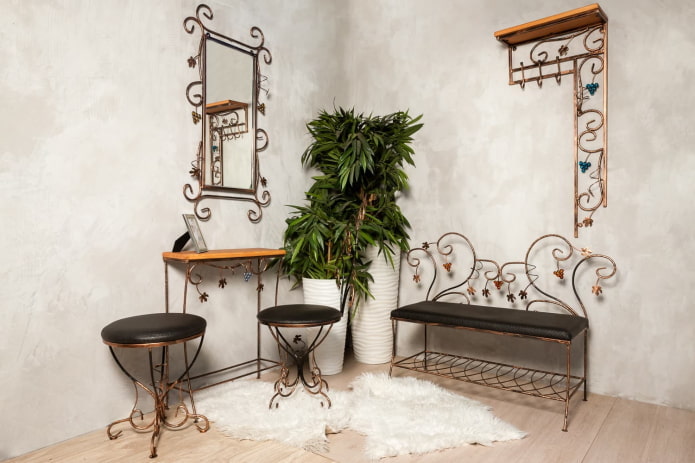
 10 practical tips for arranging a small kitchen in the country
10 practical tips for arranging a small kitchen in the country
 12 simple ideas for a small garden that will make it visually spacious
12 simple ideas for a small garden that will make it visually spacious
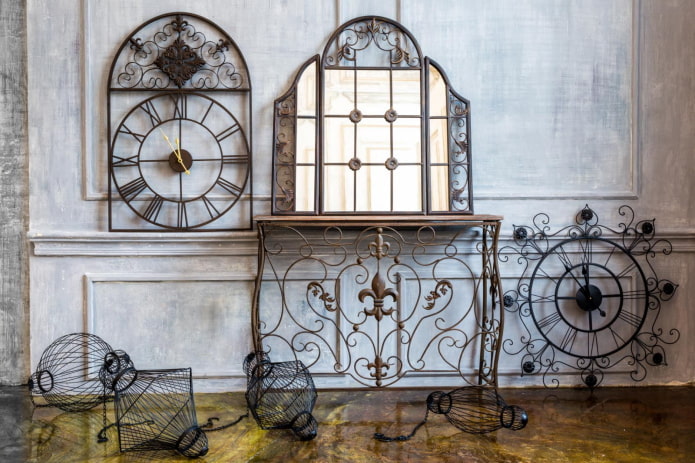
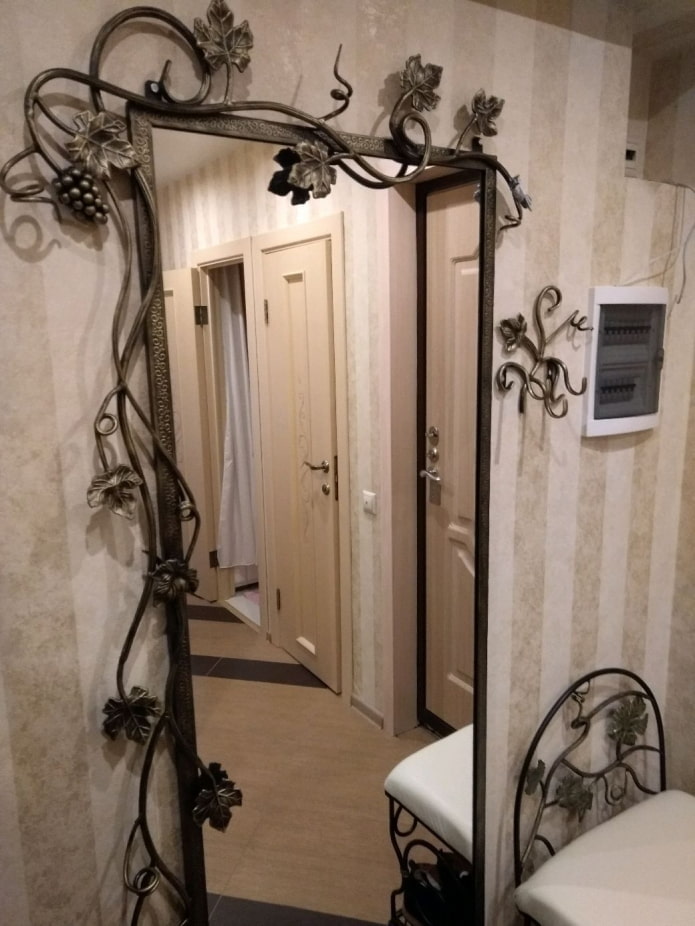
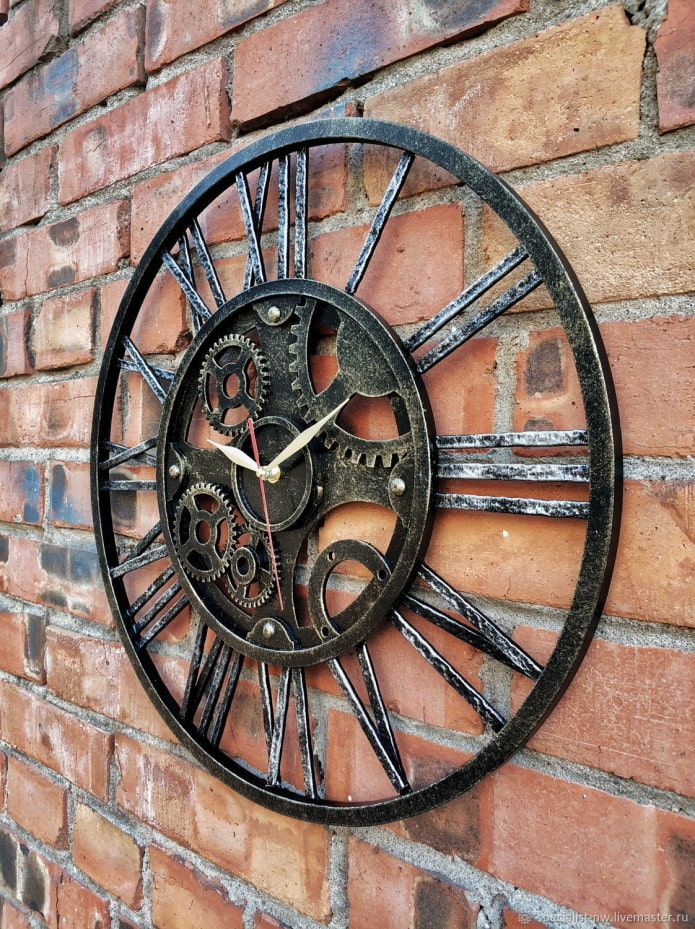
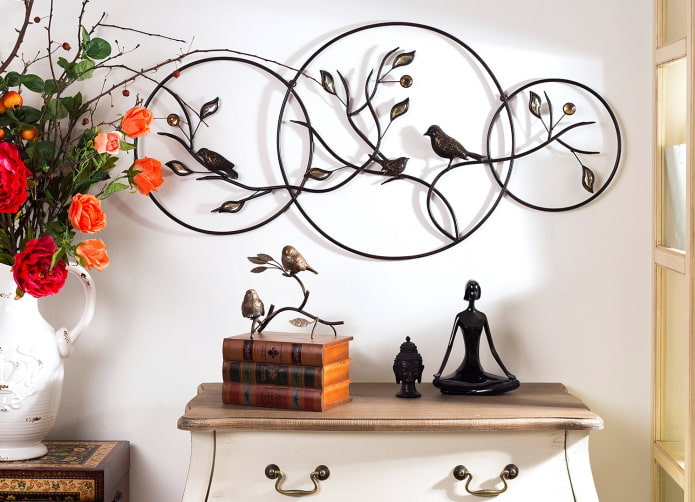

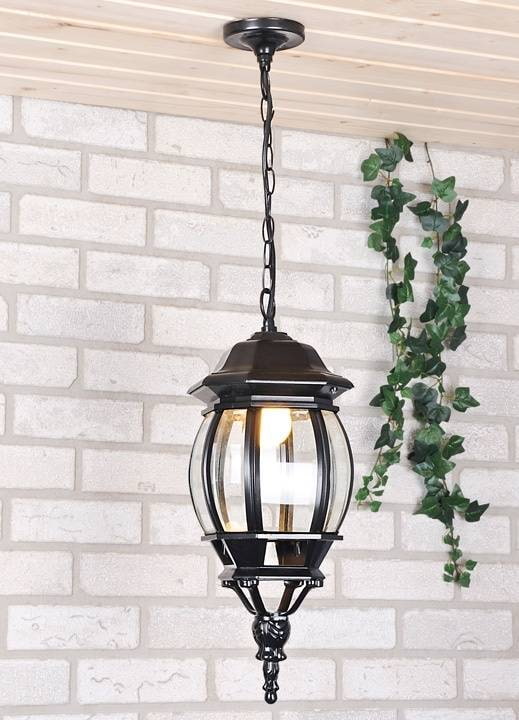
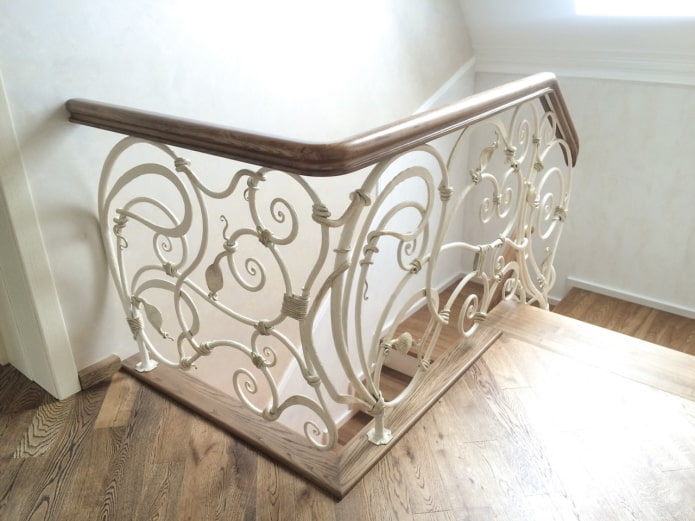
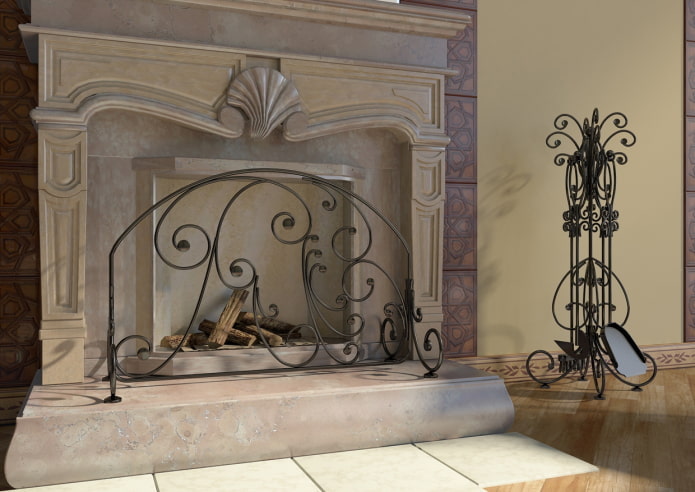
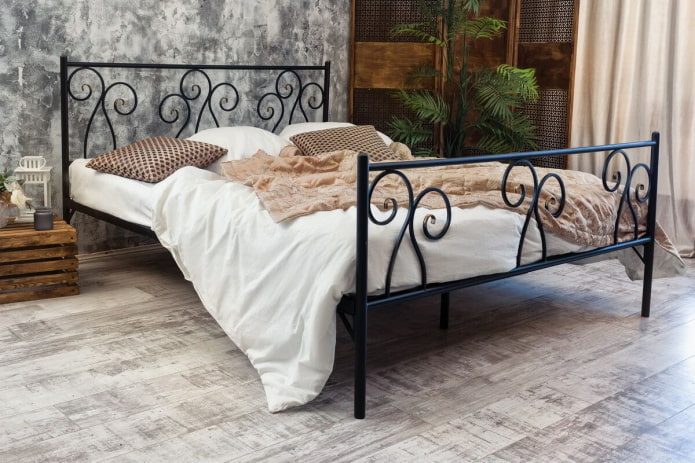
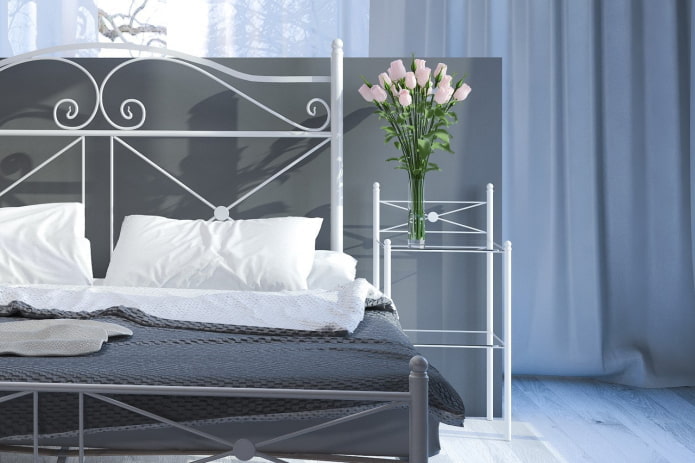

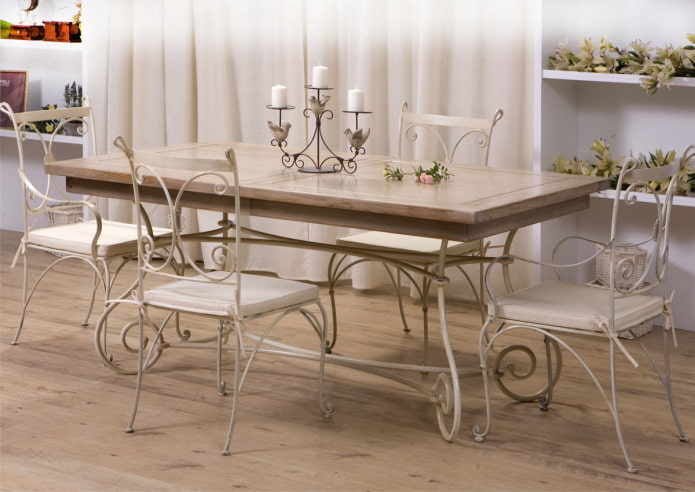
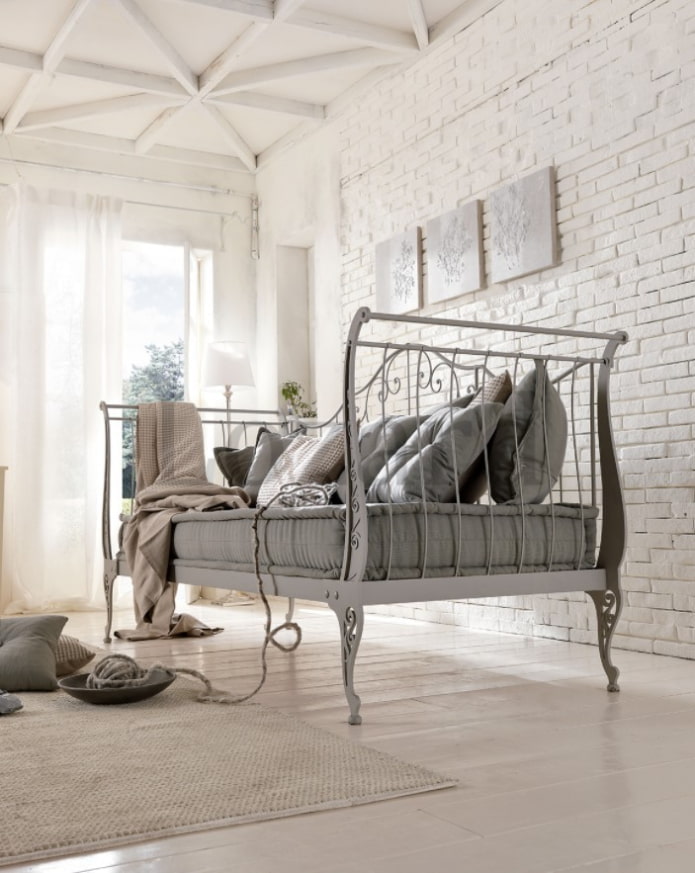

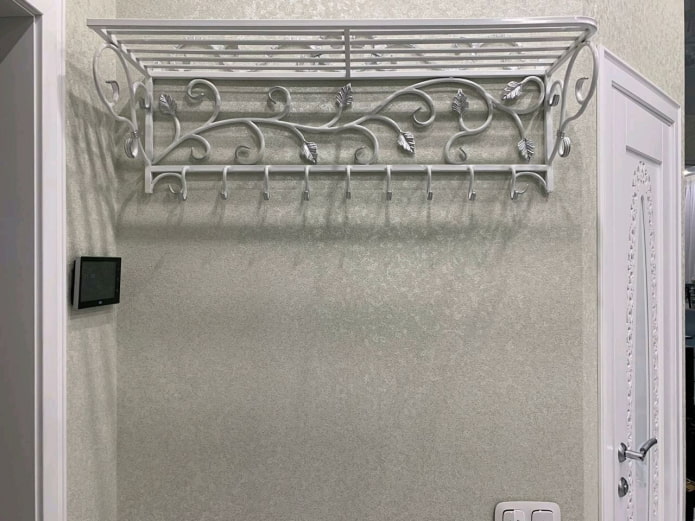
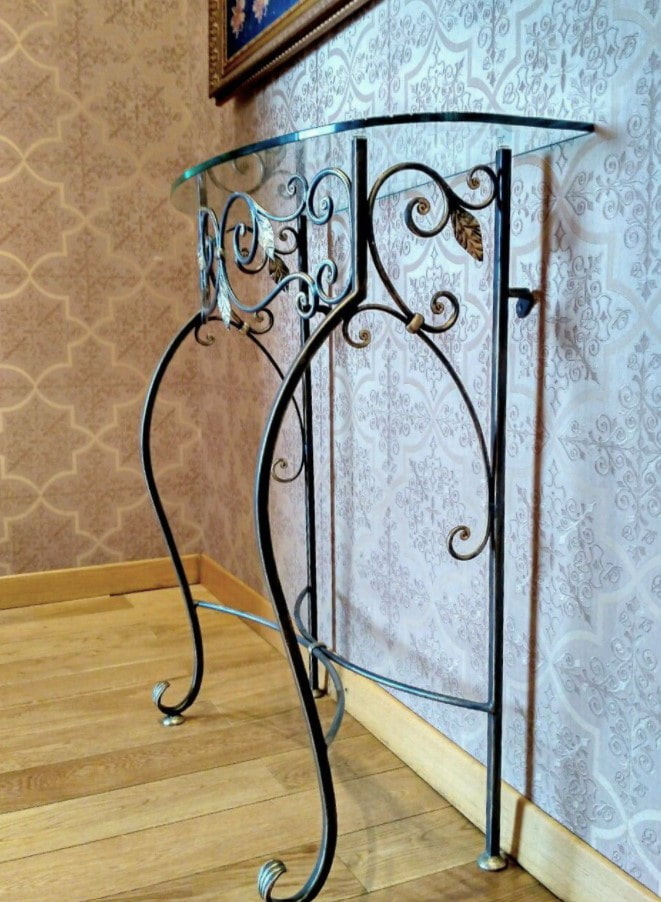
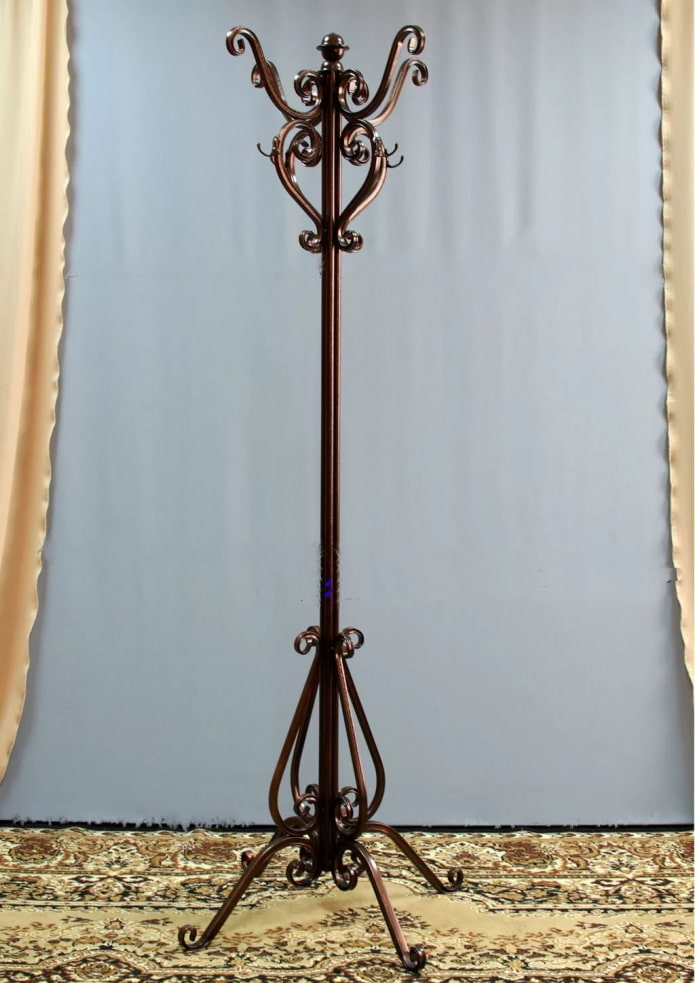
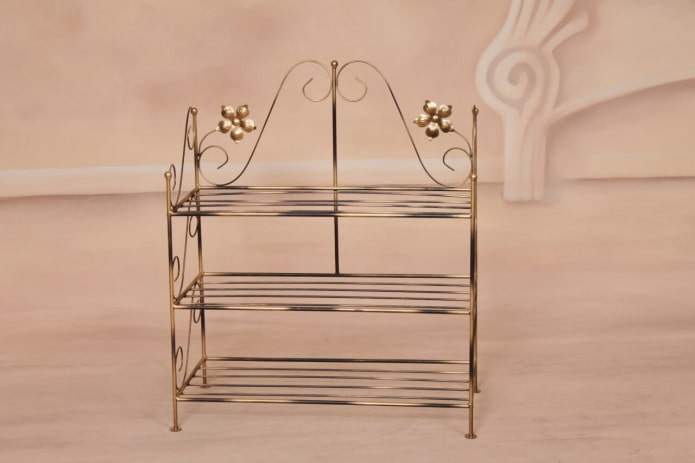
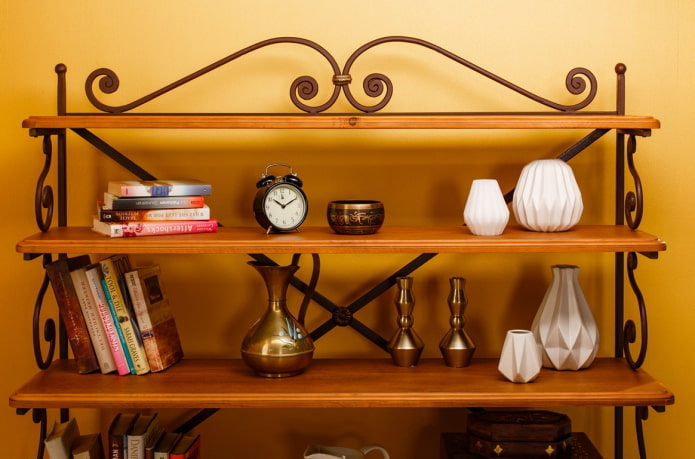
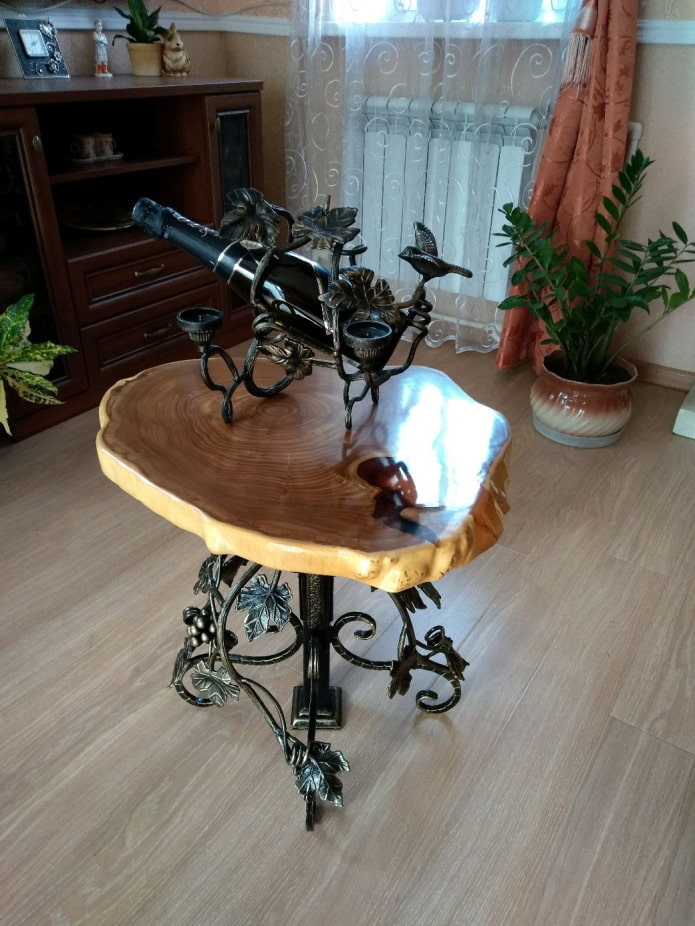
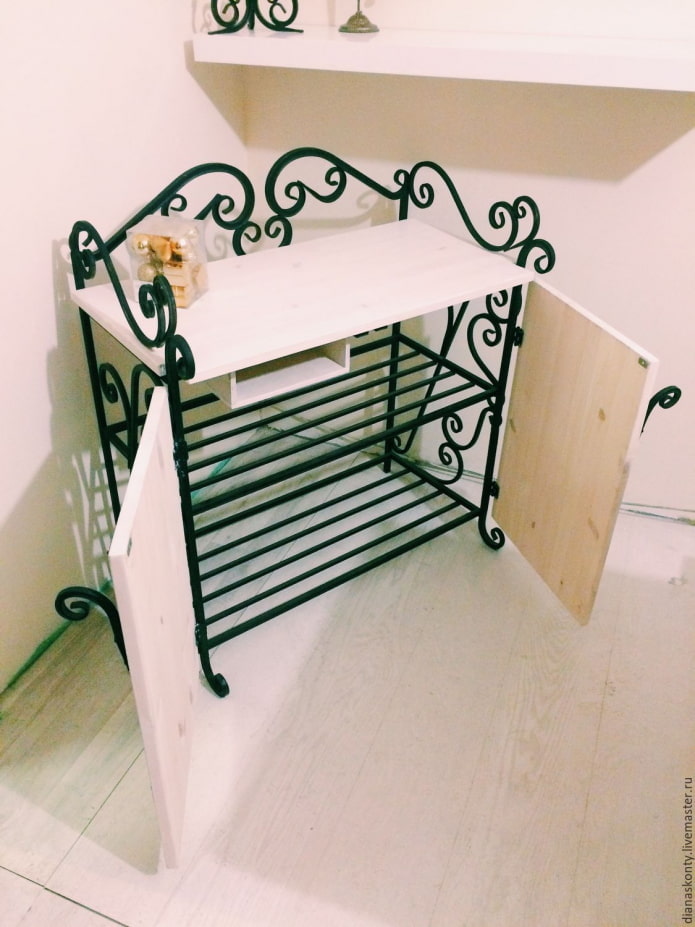
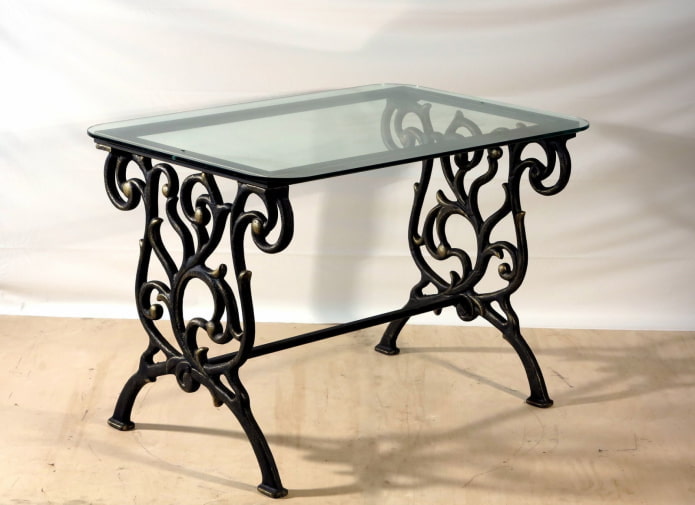
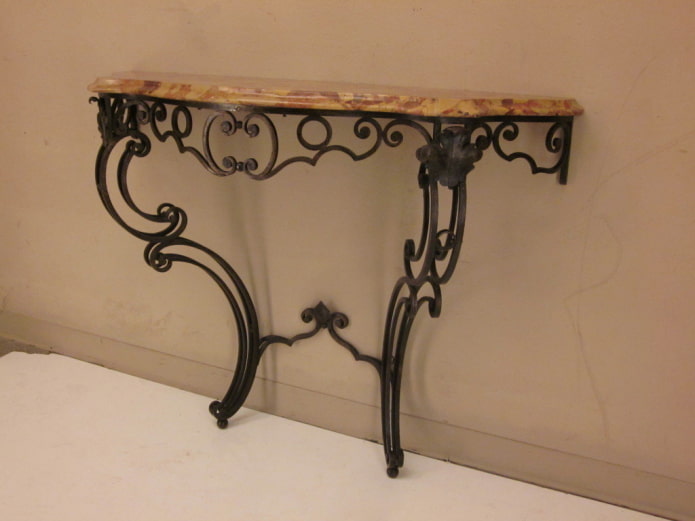
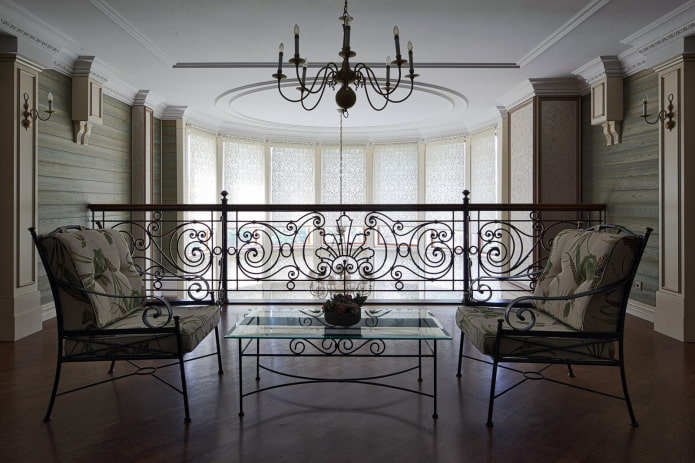

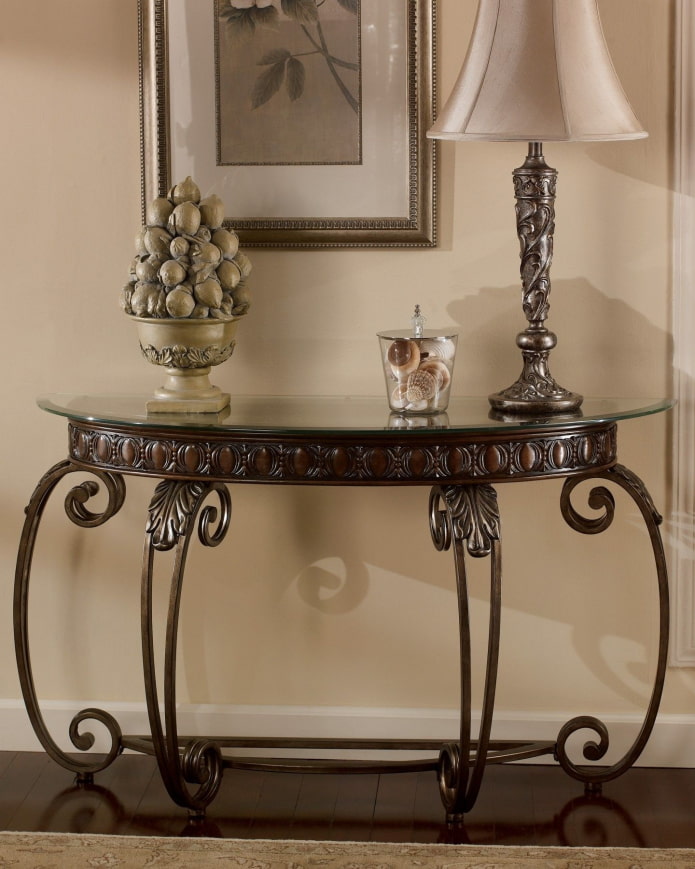
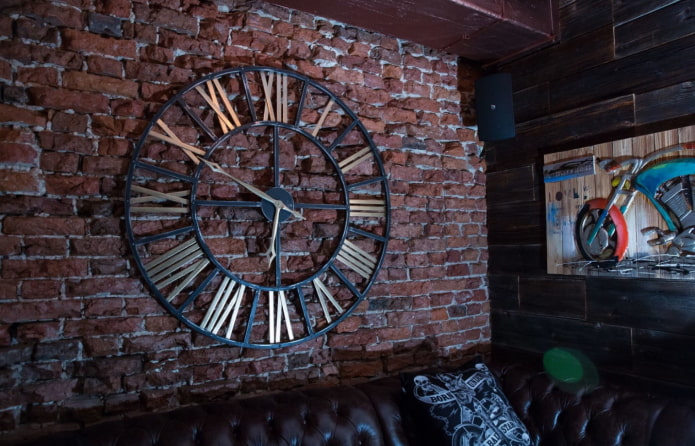
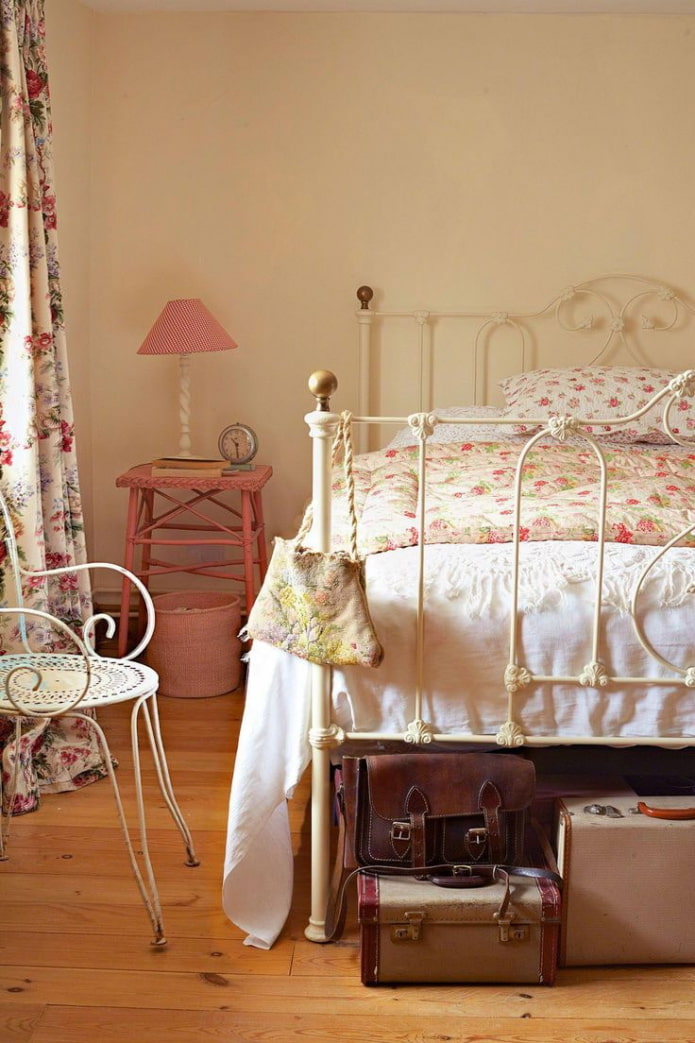
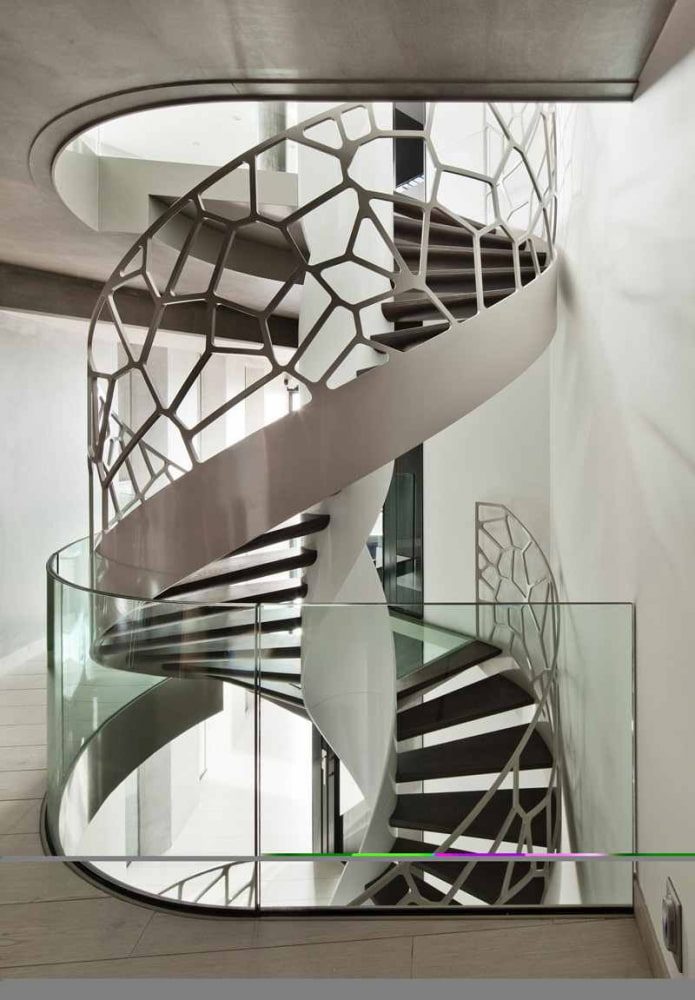

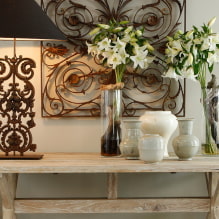

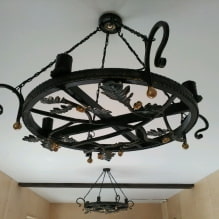
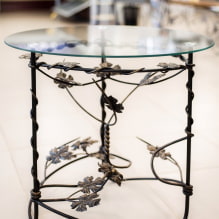
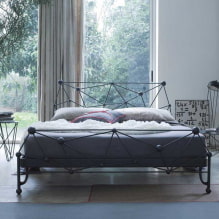
 13 bad habits a good housewife shouldn't have
13 bad habits a good housewife shouldn't have 24/7 home cleanliness - 4 secrets for the perfect housewife
24/7 home cleanliness - 4 secrets for the perfect housewife 6 hotels in Sochi that will give odds to the promoted foreign hotels
6 hotels in Sochi that will give odds to the promoted foreign hotels Top 10 interior design trends 2020
Top 10 interior design trends 2020 Rating of cheap TVs with Smart-TV
Rating of cheap TVs with Smart-TV New Year's LED garlands on AliExpress - we disassemble while it's hot, so that it's bright at home
New Year's LED garlands on AliExpress - we disassemble while it's hot, so that it's bright at home